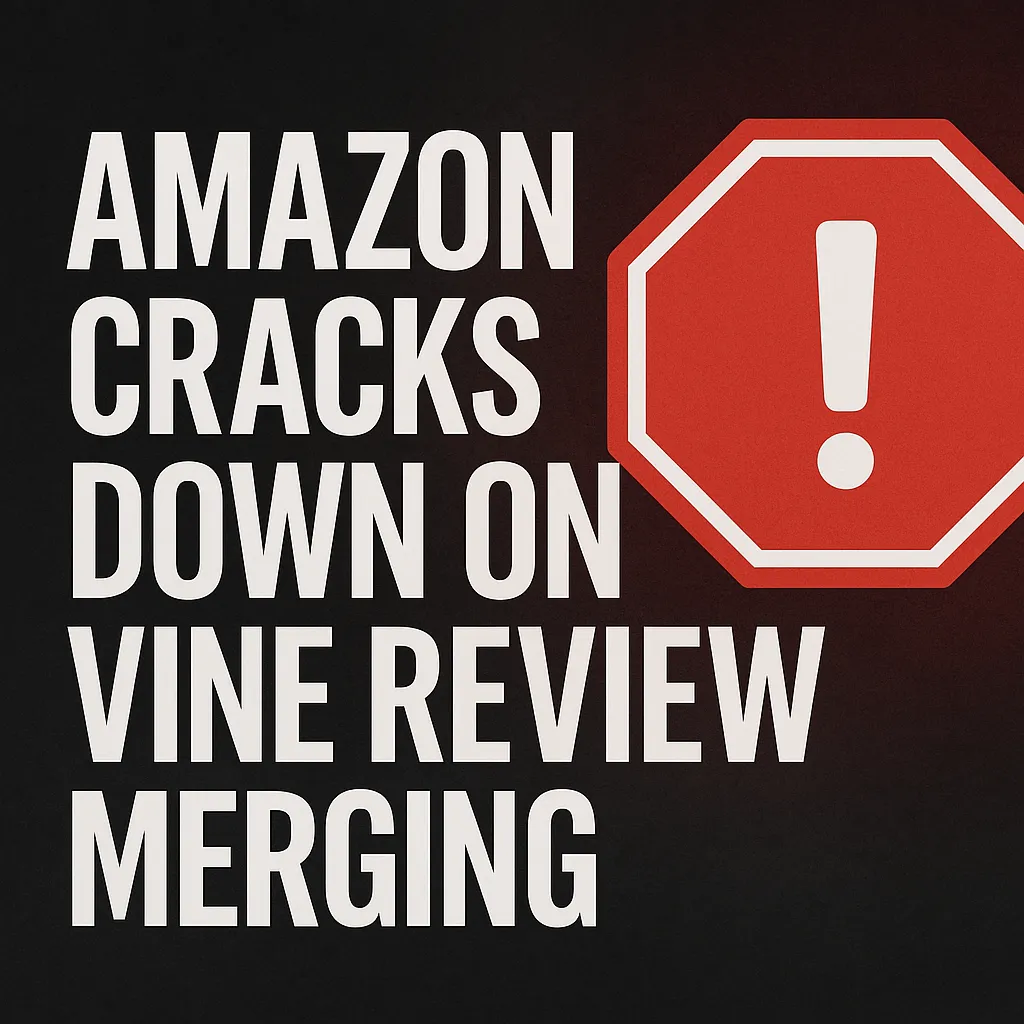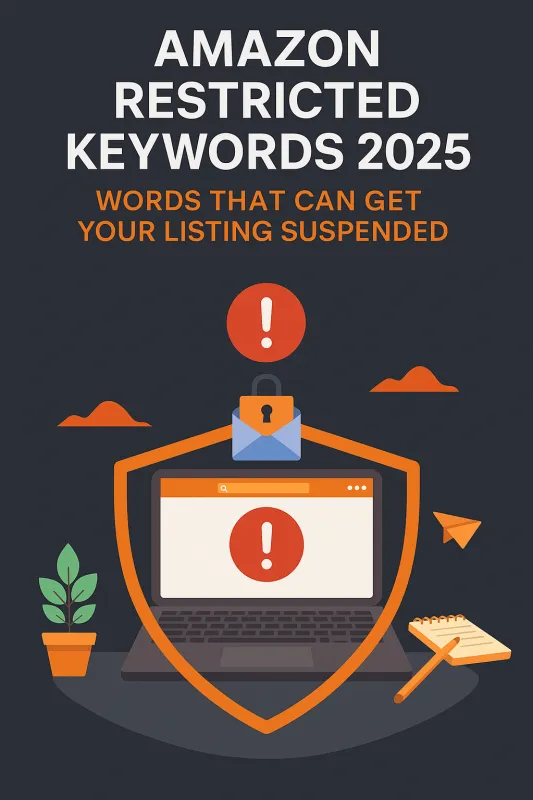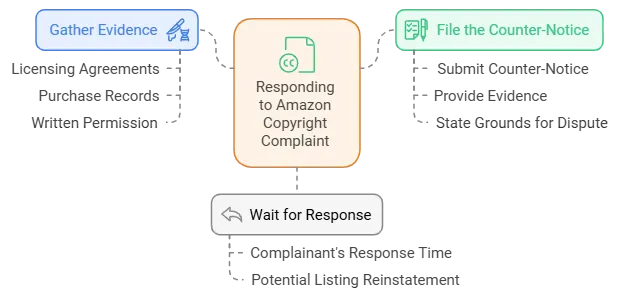Amazon Canada Seller Verification in 2025: What You Need to Know
Amazon Canada Seller Verification in 2025: What You Need to Know
If you’re an Amazon seller operating in Canada – or a foreign entity selling on Amazon.ca – there’s a crucial compliance shift you need to be aware of. As of 2025, Amazon has updated its seller verification requirements to align with Canada’s Know Your Customer (KYC) regulations under FINTRAC (the Financial Transactions and Reports Analysis Centre of Canada). These aren’t just platform rules – they’re federally mandated legal obligations.
This article breaks down what’s changed, why it matters, and how you can stay compliant and avoid disruptions.
Why This Matters to Amazon Sellers
Under Canada’s Proceeds of Crime (Money Laundering) and Terrorist Financing Act (PCMLTFA), Amazon is now required to perform robust identity verification and beneficial ownership checks on all sellers operating through Amazon.ca.
This means:
You must disclose the individuals who actually control or benefit from your business.
You must prove the accuracy of this information using formal documentation.
If you don’t comply, you may face restricted disbursements, account suspension, or permanent removal.
Who Is a Beneficial Owner (and Why Amazon Cares)
A “beneficial owner” is any natural person who:
Owns 25% or more of your business (directly or indirectly),
Controls 25% or more of voting rights, or
Exercises control over your business through influence or agreements.
For trusts, you must disclose all trustees, settlors, and known beneficiaries. For partnerships, all partners who hold material ownership or control must be disclosed.
Amazon cares because FINTRAC regulations require reporting entities (like Amazon) to eliminate anonymous ownership in financial transactions to reduce the risk of money laundering, fraud, and terrorism financing.
What Amazon Now Requires from Sellers
Whether you’re registering a new account or undergoing re-verification, you’ll need to provide:
Self-Attestation Letter: On company letterhead, signed by a legal representative (CEO, director, trustee, etc.). This must:
Outline the full corporate structure,
Include names, dates of birth, and ownership percentages for all owners,
List parent or holding companies, and their registration details.
Letter of Authorization: Required if the person managing the account is not the owner or director. Must be signed by a legal representative and state the contact person’s authority.
Identity & Address Documents:
Passport, driver’s license, or national ID
Utility bill or bank statement (no older than 180 days; no digital-only banks)
Corporate Formation Documents:
Articles of Incorporation or Organization
Certificate of Good Standing (within 180 days)
Operating Agreement or signed By-Laws (including shareholding details)
Amazon may also request an organizational chart showing direct and indirect ownership layers.
Common Mistakes That Lead to Delays or Rejection
From our experience handling thousands of seller verifications, these are the most frequent compliance mistakes:
Using unofficial documents (screenshots, unsigned PDFs)
Submitting a self-attestation without a company stamp or signature
Not aligning your Seller Central address with your proof of address
Listing a corporate entity as a beneficial owner instead of tracing to individuals
Missing documentation for foreign parent companies
Tips to Ensure a Smooth Verification Process
Prepare in advance: Don’t wait until Amazon flags your account. Collect your documentation early, especially if you have a layered or international ownership structure.
Keep all documents current: Certificates and bills must be dated within 180 days. IDs must be valid for at least 6 more months.
Trace ownership clearly: Create a simple chart if there are multiple owners or parent companies.
Review everything twice: Ensure names, addresses, and spelling are consistent across all documents.
Anticipate re-verification: Even if you pass once, Amazon may ask for updated documents if ownership changes or risk triggers occur.
What Happens if You Don’t Comply?
Amazon gives you 60 days to complete verification, but during that time:
Your ability to sell or disburse funds may be restricted
After 60 days, you may lose access to your account permanently
Amazon may retain FBA inventory unless a removal order is placed
Remember: These verification steps aren’t optional – they’re part of Amazon’s obligations to Canadian law.
How ASA Compliance Group Can Help
At ASA Compliance Group, we’ve helped over 3,600 Amazon sellers navigate account verification, reinstatement, and compliance documentation across multiple marketplaces – including Canada.
We know the difference between a document that gets approved and one that triggers rejection.
Here’s how we can help:
Drafting fully compliant Self-Attestation and Authorization letters
Reviewing your full business structure and advising on beneficial ownership transparency
Creating clean ownership charts to map layered companies
Assisting with re-verification for sellers flagged by Amazon’s risk team
Preparing sellers for multi-country compliance, including cross-border taxation and DAC7 reporting
Final Thoughts
While some sellers view these regulations as a burden, smart operators recognize them as a chance to build trust with Amazon – and future-proof their business.
Compliance isn’t just paperwork. It’s a signal to Amazon that you’re a reliable, low-risk partner. And in today’s hyper-regulated e-commerce landscape, that’s an edge worth investing in.
If you need help preparing your documentation or want us to review your setup before submitting, reach out to our team. We’re here to help you stay compliant – and stay selling.
Questions? Our team is happy to walk through your current setup and give direct feedback. Just mention this article when you reach out.







